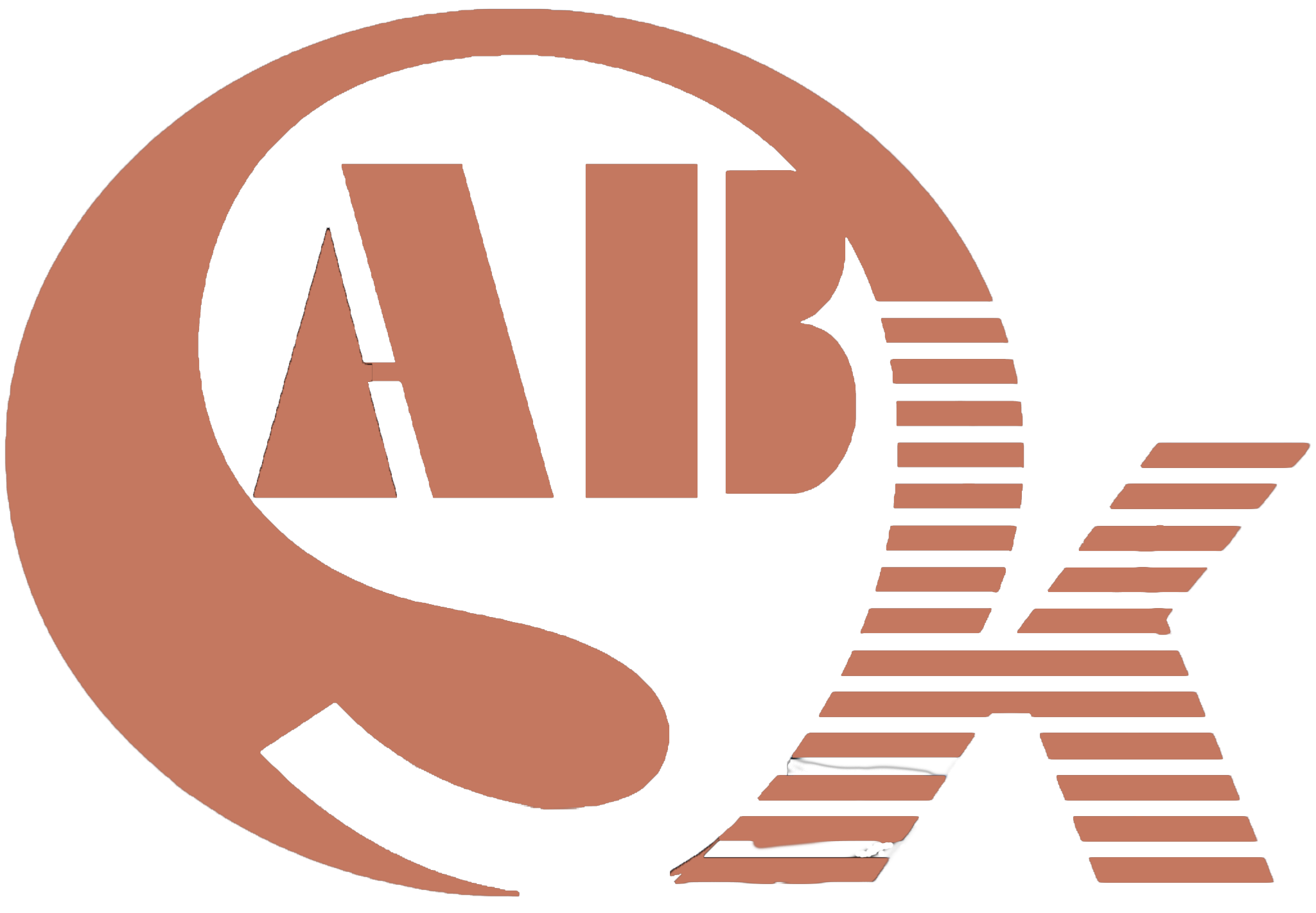Optimizing Welding Efficiency with Welding Rotators: A Comprehensive Guide
Welding Rotators: A Comprehensive Guide
In the realm of industrial welding, efficiency and productivity are paramount. As welding processes continue to evolve, businesses are seeking advanced solutions to enhance their welding operations and streamline production. One such indispensable tool that has gained immense popularity is the welding rotator. In this article, we will delve into the world of welding rotators, exploring their benefits, features, and how they can boost productivity in the welding process, while adhering to high professional standards.
Understanding Welding Rotators:
Welding rotators, also known as tank turning rolls or pipe rollers, are automated equipment designed to rotate cylindrical workpieces during welding or fabrication processes. These devices allow for 360-degree rotation, effectively eliminating the need for manual repositioning of the workpiece, saving time, and reducing labor costs. Welding rotators are essential for various industries, including oil and gas, shipbuilding, pressure vessel manufacturing, and more.
Advantages of Welding Rotators:
(a) Enhanced Welding Efficiency: By automating the rotation of workpieces, welding rotators enable continuous welding without interruptions. This results in smoother, more consistent welds and significantly reduces the downtime associated with manual repositioning.
(b) Improved Safety: Welding rotators eliminate the need for manual handling of heavy and cumbersome workpieces, minimizing the risk of injuries to welders. Furthermore, they ensure better control over the welding process, reducing the likelihood of defects and accidents.
(c) Consistent Weld Quality: With precise rotation, welding rotators provide consistent and uniform welds, ensuring the overall quality of the weld seam. This feature is particularly critical for projects with strict quality standards.
(d) Time and Cost Savings: The automation provided by welding rotators accelerates the welding process, leading to faster project completion and reduced labor expenses. Additionally, the improved weld quality reduces the need for rework, saving both time and resources.
Professional Welding Equipment for Optimal Results:
Investing in high-quality welding rotators is essential to achieve professional-grade results. Professional welding equipment manufacturers adhere to rigorous quality standards, ensuring that their products are durable, reliable, and engineered for optimal performance. When selecting a welding rotator, consider factors such as weight capacity, speed control, and compatibility with different workpiece sizes and materials.
Welding Automation for Increased Productivity:
In today’s fast-paced industrial landscape, welding automation has emerged as a game-changer. Welding rotators are a vital component of this automation trend, working in tandem with other automated welding equipment such as welding positioners and manipulators. By integrating welding rotators into existing fabrication processes, businesses can experience a significant boost in productivity, enabling them to take on more projects and meet tight deadlines with ease.
Choosing the Right Welding Rotator for Your Needs:
To meet customer demands and achieve high-quality results, it is crucial to choose the right welding rotator that aligns with your specific requirements. Some key factors to consider when selecting a welding rotator include:
(a) Weight Capacity: Ensure the welding rotator can handle the maximum weight of your workpieces to avoid overloading and ensure smooth rotation.
(b) Variable Speed Control: Opt for a welding rotator with adjustable speed control to accommodate different welding processes and workpiece materials.
(c) Compatibility: Check the rotator’s compatibility with the diameter and length of your workpieces to guarantee a proper fit and secure rotation.
(d) Safety Features: Look for safety features like emergency stop buttons and anti-fall mechanisms to protect both the equipment and operators during operation.
Conclusion:
In conclusion, welding rotators have revolutionized the welding industry by improving efficiency, productivity, and weld quality. Investing in professional-grade welding equipment that includes welding rotators is a strategic decision that not only meets customer demands for high-quality products but also elevates your welding processes to new heights. By embracing welding automation and incorporating welding rotators into your fabrication workflow, you can maximize productivity, reduce costs, and stay competitive in today’s challenging market.
